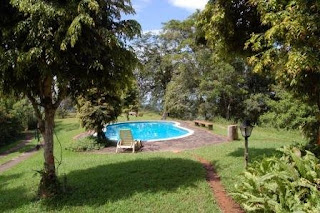
This is my dilemma.
I've spent the last month trying to figure out the best way to recognize individual capuchin monkeys. Is it the slightly different shape of the intersection between the black and white fur on their foreheads? or the size and protrusion of their brow-ridge? How stable are these traits? will a juvenile I recognize today look similar three months or a year from now?
Sometimes, when I get really lucky, individuals have scars or moles, which makes it much easier to tell who is who. For example, this male from TB group has a nice mole on the right side of his face. Very convenient, as the other big male doesn't have any moles.

Unfortunately, the mole is very small, and as soon as he turns his head--you'd never know it was there.
I'm not convinced I'm going to be able to recognize even distinctive individuals in the middle of hectic intergroup fights, so a good part of last week was spent reading about various methods for marking animals. Ear tags, tatoos, flash freezing their fur--all these require catching the monkeys, so I've been considering the super-soaker and hair dye approach.
My time online has introduced me to a very strange pet-subculture:


I have learned that there are many people who seem to spend a lot of time on online discussing how best to dye their pets strange colors. My personal favorite post was the following:
"My pet Pekingese is starting to go unfashionably grey and it is seeming to age him prematurely. He's become quite reclusive and shy about his appearance and refuses to go out. We've been dying his hair with boot polish and it appears to do the trick."
Ahhh, the things you learn while doing "science."























